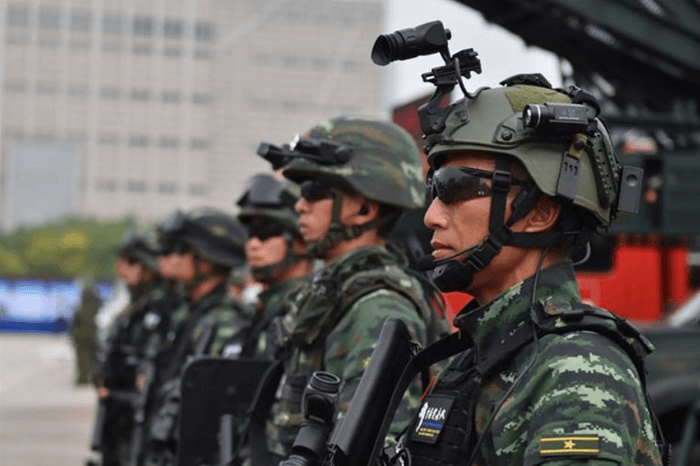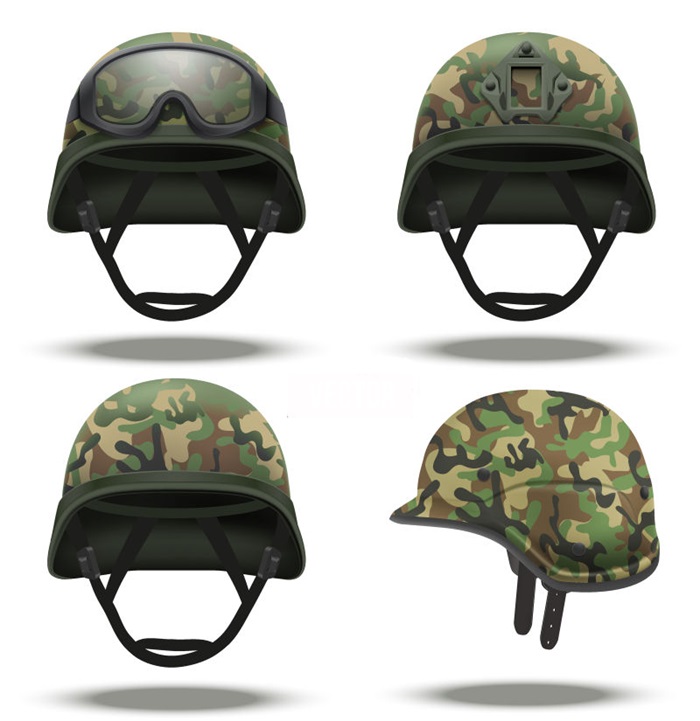Bulletproof helmets are equipment that can absorb and dissipate the energy of warheads, prevent penetration, reduce blunt injuries, and effectively protect the human head. The applicable objects of bulletproof helmets are mainly equipped with military personnel and police officers, and there are primarily two types of helmets, Japanese style and German style. In addition to the old-fashioned steel helmets, the main materials for making bulletproof helmets are ultra-high molecular weight polyethylene fiber (DOYENTRONTEX) and aramid (Kevlar). The required weight is only 1.2kg. Infantry bulletproof helmets can resist broken shrapnel and direct bullets, and are generally required to resist the impact of 9mm caliber pistol projectiles and shrapnel 5m away.
The steel helmet cannot prevent direct bullets, but it is still an important part of the individual soldier’s protection system, which has been fully affirmed in the war. According to statistics, 75% of the casualties of soldiers on the battlefield are caused by fragments of shells, grenades, mines and bombs. These fragments fly at half the speed of a bullet and are protected with a helmet. During World War II, steel helmets protected the lives of at least 70,000 American soldiers.
In order to increase bulletproof performance, modern bulletproof helmets have entered the era of composite materials. There are mainly nylon helmets, aramid (such as Kevlar bulletproof fiber) helmets, ultra-high molecular weight polyethylene helmets, etc. Nylon helmets provide protection against low-speed, large fragments, but are not very bulletproof. Kevlar helmets have low thermal conductivity, and their ability to absorb the kinetic energy of shrapnel is 1.6 times that of nylon and twice that of steel. Ultra-high molecular weight polyethylene helmets (such as the Spectra helmets used by the French army) are fiber composite helmets with the best mechanical properties at present.
At present, domestic bulletproof helmets are mainly divided into metal helmets and composite material helmets. Due to its low price and long service life, metal bulletproof helmets still occupy a large market in China. Composite material helmets are made of aramid fiber and polyethylene fiber composite materials. The production cost is high, but they are light in weight and not prone to ricochets. According to statistics, composite material helmets account for about 30% of helmet demand. The target customer groups of bulletproof helmets are mainly troops, armed police, people’s police, and security guards. The main customer groups of bulletproof helmets can be divided into military bulletproof helmets and police bulletproof helmets according to equipment objects and applicable fields or occasions.
Using our bulletproof helmet-forming machine can easily produce bulletproof helmets. TechnoFRP is a professional hydraulic press machine factory in China.
Post time: Dec-03-2022






